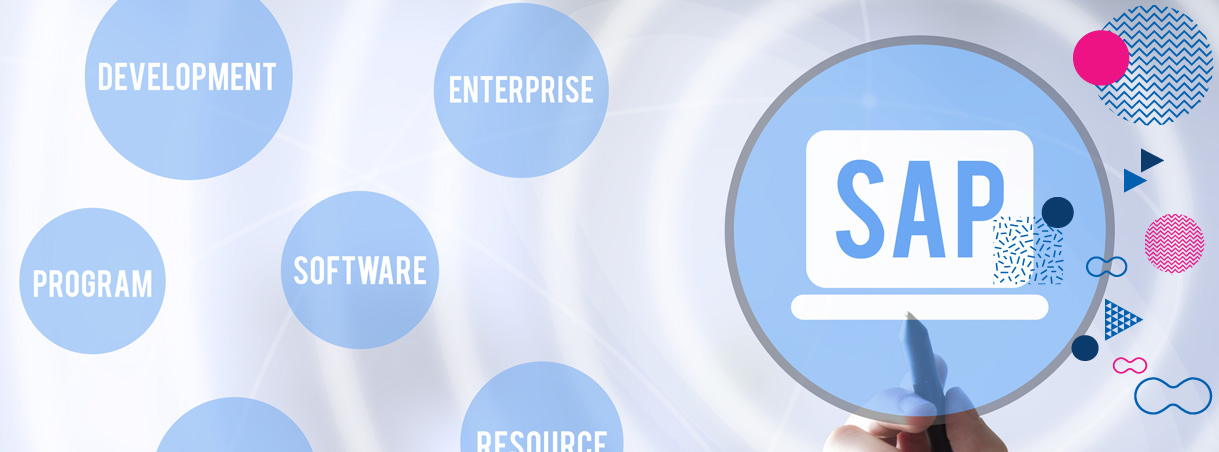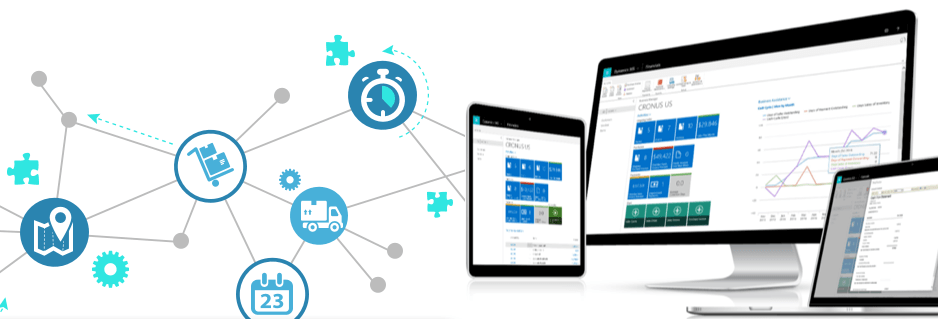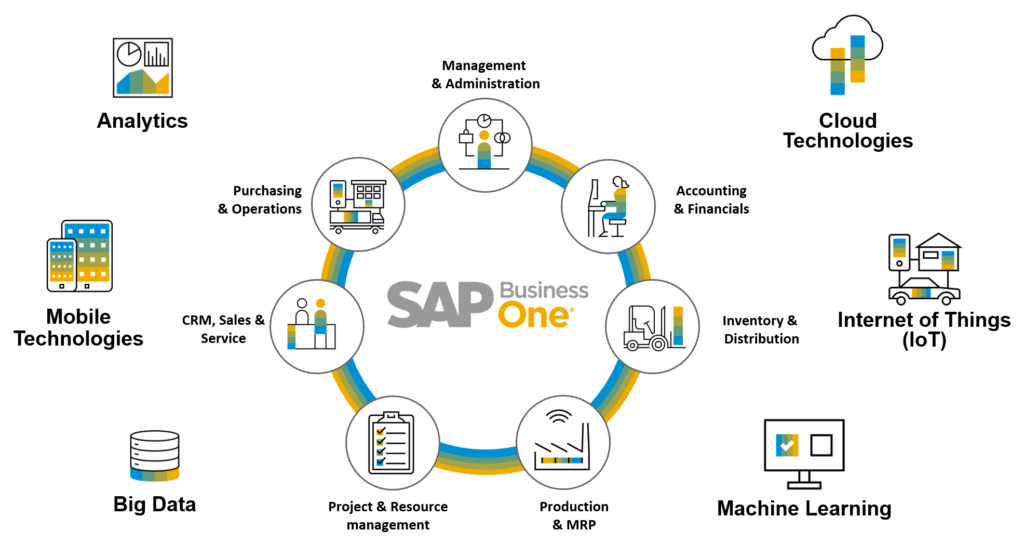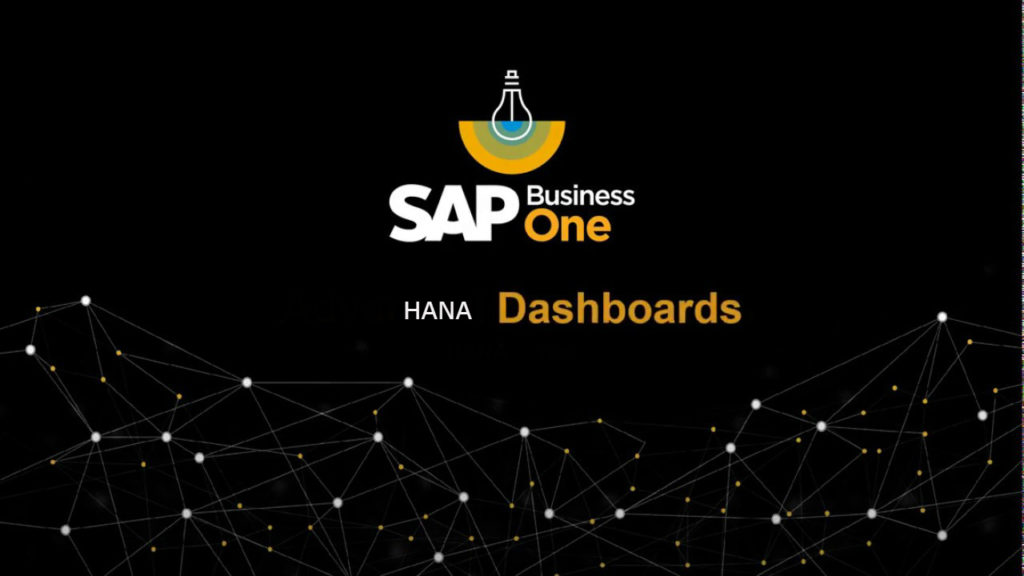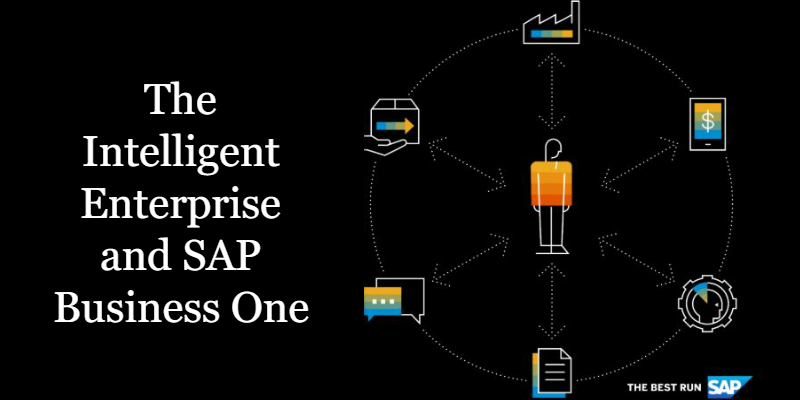SAP helps customers run Business Smarter, Faster and Simpler
How SAP helps customers run Business Smarter, Faster and Simpler
History of SAP
SAP was founded in 1972 by five German engineers that worked for IBM in Mannheim, Germany. The company originally took the name SAP from the abbreviation for Systemanalyse und Programmenentwicklung (‘systems analysis and program development’ (German)).
In the 1970’s, SAP initially struggled to sell the concept of a completely integrated software product that could be adapted for an exact fit in running all of a company’s processes.
In 2001, SAP made the acquisition that would result in the company’s entry into the small business space.
The new product acquisition allowed SAP to reach out to the small business market with a simpler yet robust product.
Since the release of the product in 2003, SAP Business One has undergone eleven significant new version releases, resulting in a product that can be deployed (implemented) in a timeframe and at a cost reasonable for a small and growing business.
Run Business Smarter, Faster and Simpler with SAP
Speed and agility are vital to outmaneuvering larger competitors with greater
resources. You need to understand the implications of every decision and action without losing momentum – or losing sight of your vision.
That’s why over 55,000 start-ups, scale-ups and subsidiaries worldwide trust the SAP Business One® application to manage their finances, sales,
customers, purchasing, inventory and production planning. And now that performance can be supercharged with SAP Business One version for SAP HANA®, bringing the power of in-memory computing to application performance and Big Data analysis.
SAP Business One version for SAP HANA puts as-it-happens business insights into decisionmakers’ hands, to help them define and focus on the right priorities. With a single platform for analytics and transactions, you can solve the seemingly unsolvable with real-time simulation and planning, and measurably boost the performance of all your key business processes.
Unlock valuable business insights
SAP Business One version for SAP HANA transforms reporting by searching your SAP Business One application data to give you the answers you need right now. Locate business data or transactional information as quickly easily as you would search the internet, then filter, sort and drill down into the results.
Reports that used to take hours or days to run are compiled in minutes, if not seconds. And no matter how much data your business accumulates from any source, you can run highly complex and data-intensive analyses in real-time.
Keep your customer promises
SAP Business One version for SAP HANA includes an advanced available to promise (ATP) app that provides real-time visibility into current inventory, ordered stock, replenished stock and stock being delivered. You can immediately reserve current stock for future delivery dates and reschedule existing orders on the fly.
Embed dashboards in transaction screens so front-line employees can see the data they need to make business decisions in the moment, such as customer purchasing habits or creditworthiness.
See your cash position at a glance
For growing businesses, the quality of cash flow forecasting can make the difference between thriving or closing for good. SAP Business One version for SAP HANA includes a cash flow forecasting app that dramatically improves your cash balance visibility.
In a few clicks, you can configure the calculations to track the moving parts of your cash flow: sales orders, purchase orders, down payments, recurrent postings and other critical cash-related transactions.
Easy on the IT
SAP Business One version for SAP HANA lets you run your business on a single, affordable enterprise solution that will scale as your enterprise grows. It simplifies your IT landscape by taking advantage of in-memory computing and by delivering application, database and integration services in one platform.
It will transform the efficiency of your IT team by eliminating the time-consuming data preparation, pre-aggregation and tuning tasks demanded by traditional reporting and analytics tools, while empowering business users to do more on their own.
Value of Customers
The true value in SAP Business One for your business lies in a design that is both easy to use and extremely powerful. Your company is a team who need to work together to serve your customers. They all do different jobs, but each job relies on information that other functions have created or reported. Everyone needs to have a consistent view.
Your sales team needs to know how much inventory is in stock or, if it’s not in stock, when it will be. Your purchasing manager needs to know what to buy and, therefore, what the demand may be. Accounting team has to make sure the wheels of commerce keep spinning with money going in and out, and being reported on correction. And of course, your executive team needs access to good information to plan with.
As you look at software for your business, you want to evaluate products that will offer the features you need now, and ones that you anticipate the need for in the future. For 99% of businesses, this means they don’t need to buy and install SAP’s enterprise S/4 HANA product. It’s too much product – too complex to implement and too expensive to run. SAP Business One is likely the right set of functionality at the right price.
Key features of SAP Business One
Financial
-
Controlling – Manage cash flow, track fixed assets, control budgets, and monitor project costs
-
Accounting – Automate fundamental accounting processes
-
Banking and reconciliation – Process reconciliations, bank statements, and payments
-
Financial management – Improve margins, reduce errors, and drive more profitable decision-making
-
Financial reporting and analysis – Create standard or customized reports from real-time data
-
Sales and customer management – Oversee the entire sales process and customer lifestyle
Inventory
-
Warehouse – Synchronize goods receipts and inventory levels in real-time
-
Purchasing and inventory control – Optimize purchasing practices and control costs
-
Procurement – Streamline procurement processes
Service and sales
-
Sales and opportunity management – Track sales opportunities and lead activities throughout the sales cycle
-
Marketing campaign management – Create, manage, and analyze marketing activities
-
Customer management – Store all customer data in one place by synchronizing and managing customer contacts in Microsoft Outlook.
-
Service management – Manage warranty contracts and service agreements
-
Mobile sales – Empower your sales organization to manage information on the move

